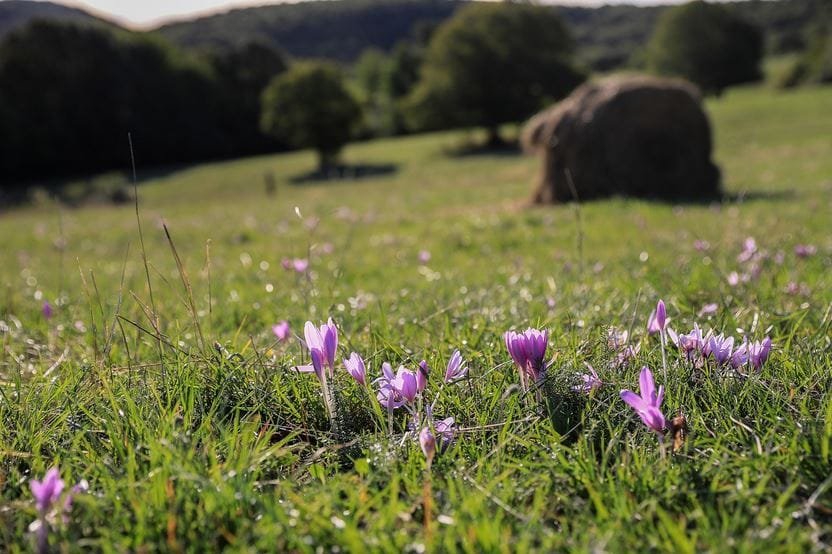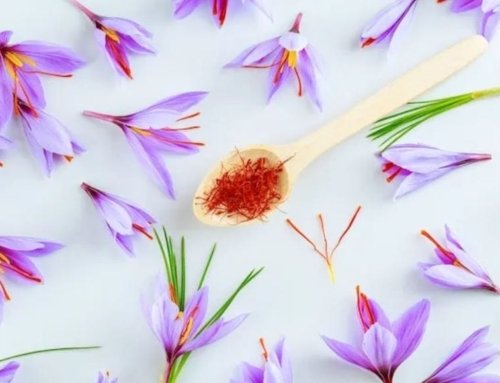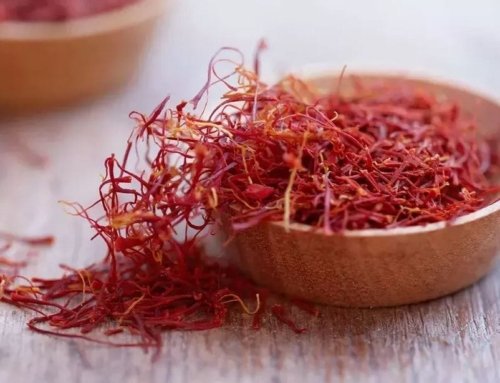 Saffron Farm Nutrition Plan: Essential Guidelines
Saffron Farm Nutrition Plan: Essential Guidelines
If you’ve planted and cared for a saffron farm, you know the importance of a structured nutrition plan. For beginners, it’s crucial to understand that each agricultural product requires a scientific and regular strategy. This is essential to withstand environmental challenges and improve yields, benefiting farmers with better results.
A saffron farming nutrition plan involves using appropriate fertilizers at the right times. This leads to stronger plants and increased crop output. However, fertilization alone is not enough for healthy plant growth.
Complementary Actions to Improve Growth
Farmers should not only rely on precise fertilization. It’s also essential to provide the necessary supplements at the right times. This approach maximizes crop production and helps achieve optimal harvests. Consulting experts is highly recommended to ensure proper nutrient timing for the best results.
These actions should not be based on personal beliefs. Decisions depend on factors that must be carefully considered by an expert consultant.
Saffron Nutrition Plan Overview
The saffron nutrition plan begins in late summer (August) and continues through key stages until harvest. In the first month, the goal is to increase food reserves in saffron corms, making them stronger and more productive.
Step-by-Step Monthly Nutrition Plan
August: Apply 600-800 kg of granular organic fertilizer in August before the first irrigation. This increases the energy stores of saffron corms, helping them produce high-quality flowers.
September: In September, apply 2-5 liters of liquid sulfur per hectare with the first irrigation. This disinfects the soil and prevents corm rot from pests and fungi. It also provides essential potassium, improving photosynthesis and plant resilience against drought or salinity.
October: In October, apply 10-15 liters of humic acid liquid per hectare during the second irrigation. This boosts corm germination, leading to robust flower production.
December: In December, apply 1.5-2 liters of liquid calcium per hectare with the last irrigation. This ensures healthy corms, improving their resilience and readiness for the next harvest.
Final Considerations
The saffron farm nutrition plan is a guide to help farmers understand its importance. Before following it, always consult agricultural experts to assess your farm’s specific conditions. Tailored advice is essential to optimize results and support sustainable saffron production.







Get Social